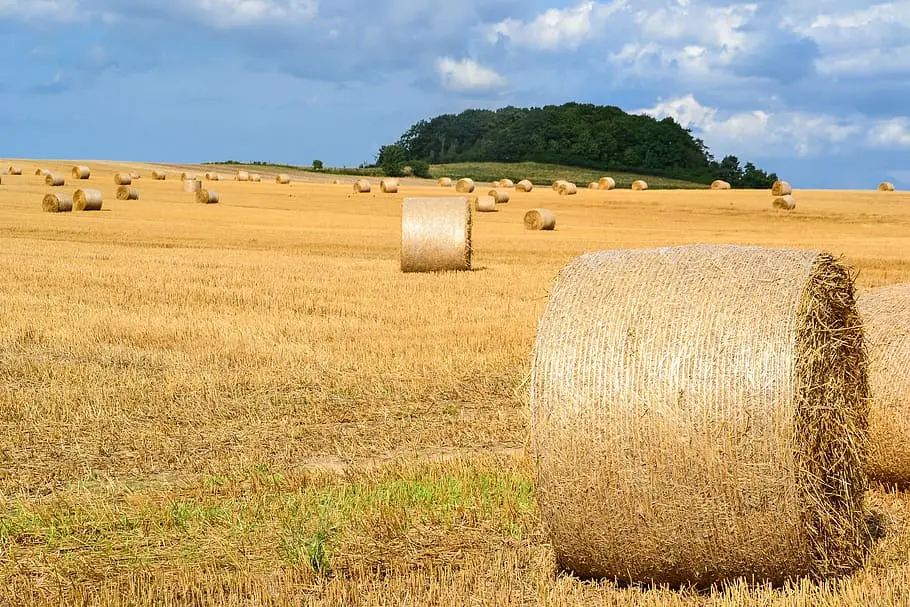A newly planted lawn can be an exciting addition to any landscape. It provides lush greenery and a welcoming color to the surrounding area.
However, taking special care of a new lawn ensures its healthy growth. It includes knowing when to remove a straw blanket from new grass.
This article will discuss this question comprehensively. Let’s dive into it to find the answer!
When To Remove Straw Blanket From New Grass?
The ideal time to remove the straw blanket from the new grass is after 4 – 5 weeks. At this time, the grass has reached a height of around 2 – 3 inches.
Removing the straw covering or mowing your lawn too soon can cause the roots to rip out. Consequently, you must start the process again.
Furthermore, the exact time depends on several factors. Continue reading to explore!
Soil Moisture
The straw covering helps to retain moisture, which is essential for the healthy growth of new grass.
Excessive moisture, however, may lead to the development of fungal diseases. So, checking the soil moisture levels before removing the straw blanket is vital.
A good time to remove the blanket is when the soil is slightly moist but not saturated. If the soil is still dry, watering the grass before removing the straw covering is necessary.
Growth Rate
The growth rate of new grass is another factor to consider when removing a straw blanket.
If the lawn grows slowly, leave the blanket in place longer. The straw mesh provides shade to the grass, which helps to maintain soil moisture levels and prevent weed growth.
Once the lawn has grown to three to four inches, it is safe to eliminate the straw mesh. Removing the netting at this stage allows the grassland to receive more sunlight, which is essential for photosynthesis.
Weather Conditions
Weather conditions play a significant role in determining when to remove a straw blanket from new grass.
If the weather is hot and dry, it is best to eliminate the straw mesh earlier to prevent the development of fungal diseases.
If the weather is cool and wet, waiting longer before removing the straw mesh is best. The blanket helps to maintain soil moisture levels, and removing it too early may lead to water loss and stunted growth.
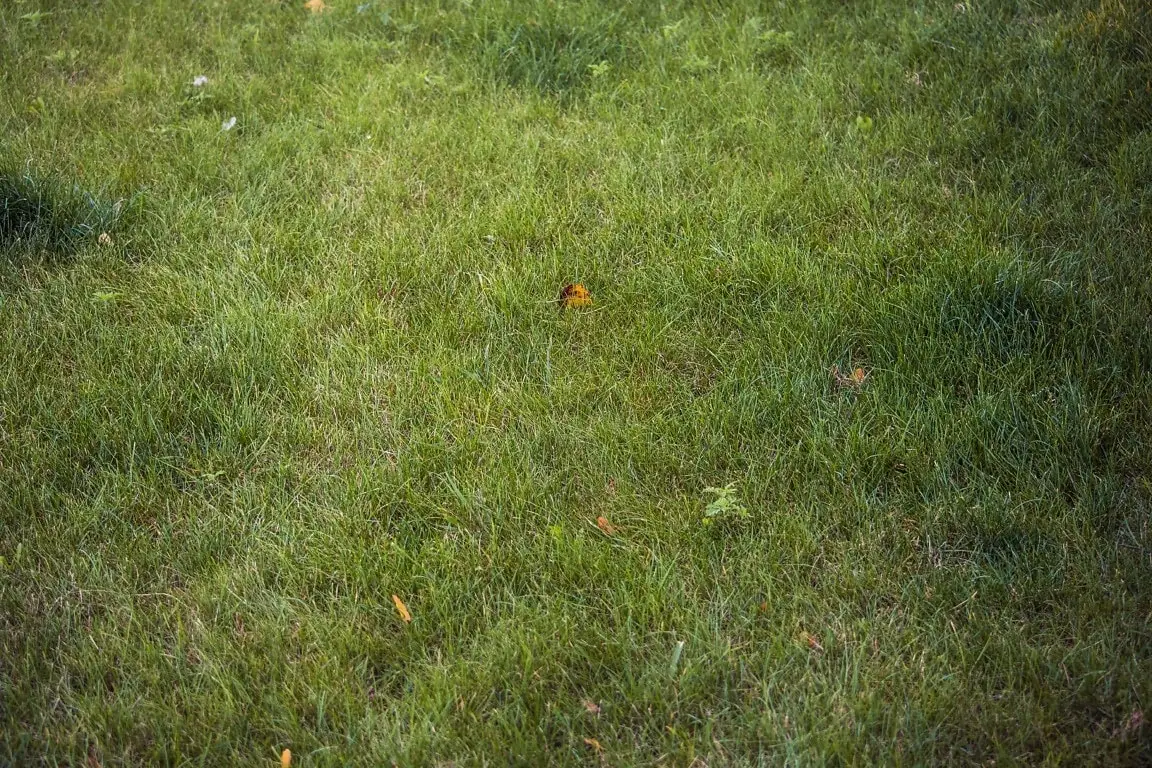
The ideal time to eliminate the mesh
Why Do You Need To Remove Straw Blanket From New Grass?
Here are the reasons you need to remove the straw blanket from the new grass:
Prevent Disease and Pests
The first reason to remove the straw covering from new grass is to prevent the growth of disease and pests.
The straw provides a warm, moist environment that attracts insects and fungi.
If the straw is left too long, it can begin to rot and create ideal conditions for disease to take hold.
Additionally, the straw can harbor pests such as rodents that can damage the new grass.
Promote Healthy Growth
The second reason to remove the straw mesh from new grass is to promote healthy growth. Once the lawn has begun to grow, it needs access to sunlight and air.
The straw can block both essential components, preventing the yard from receiving the nutrients it needs to grow strong and healthy.
Removing the straw allows your grass to breathe and get the sunlight it needs to thrive.
Prevent Matted Grass
The final reason to remove the straw covering from the new grass is to prevent the lawn from becoming matted.
If you leave the straw too long, it can become matted and difficult to remove. It can suffocate the grass and prevent it from growing properly.
Removing the straw while still light and fluffy can control this issue and give your new grass the best chance of growing into a lush, healthy lawn.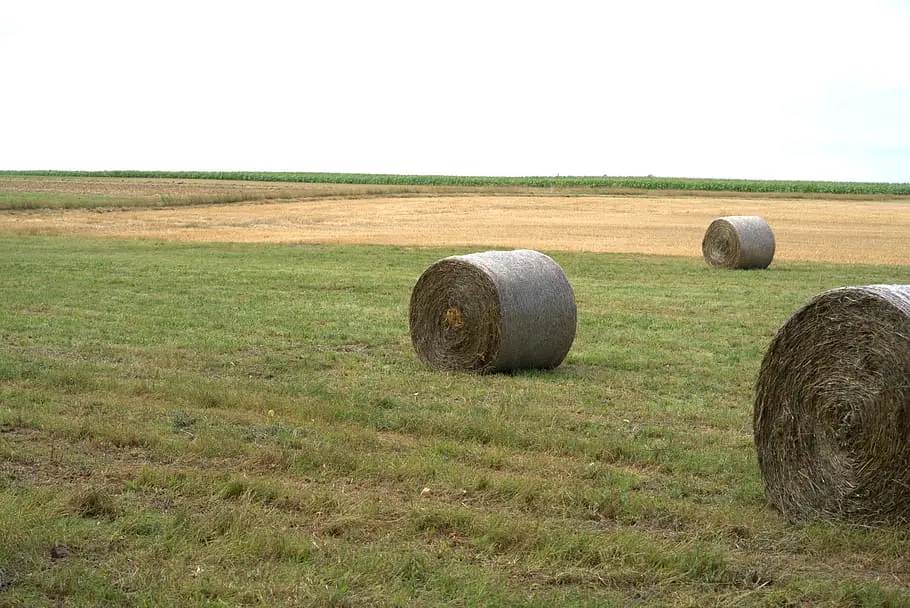
Benefits of removing the covering
How To Remove Straw Blankets From New Grass?
Follow the simple steps below to remove the straw blanket from your new grass!
Leave Grass to Reach About 2 – 3 Inches Tall
Before removing the straw mesh, wait until the lawn reaches about two or three inches tall.
It is important because the grass must be strong enough to withstand removal.
Once your lawn has reached the proper height, it’s time to move on to the next step.
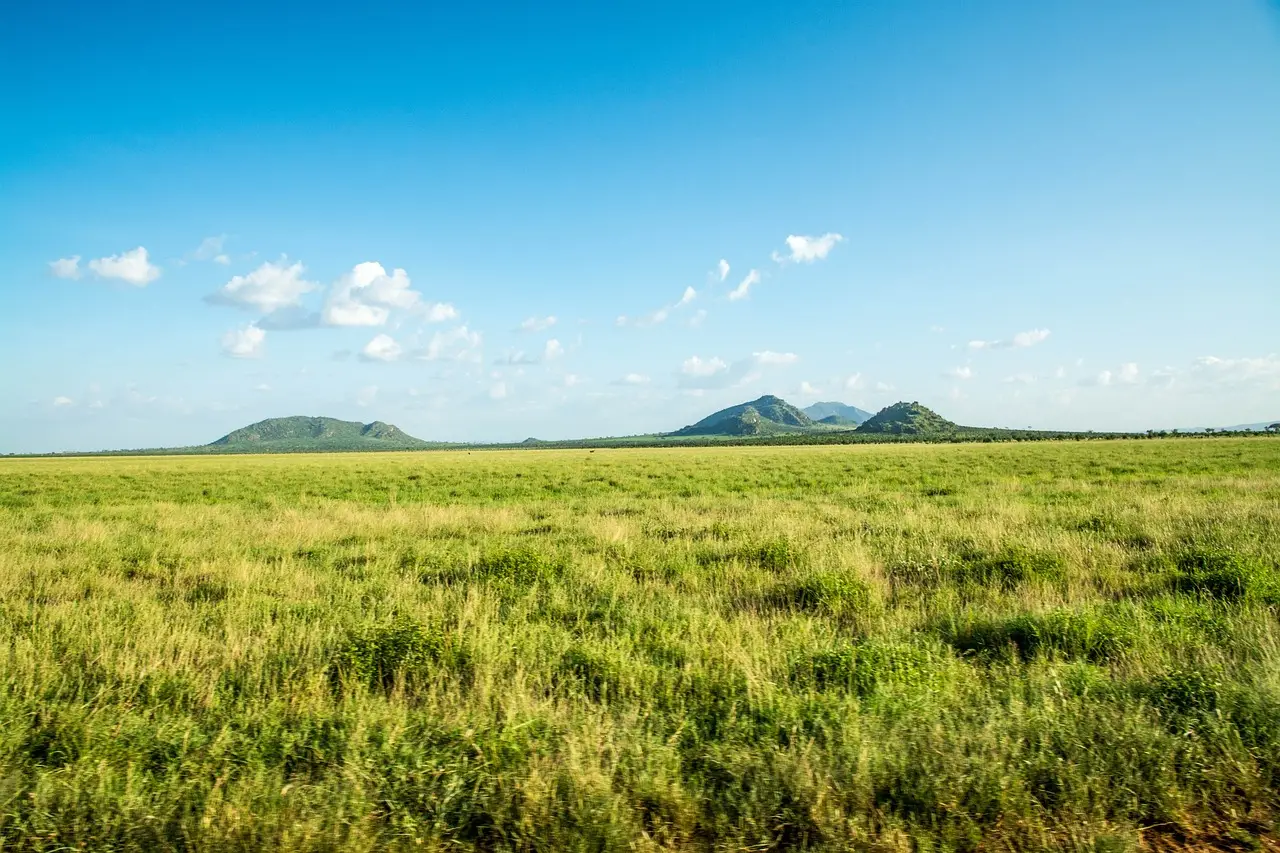
The lawn reaches proper height.
Mow Your Grass Once
Before removing the straw mesh, mow the grass once. Mowing will help clear the straw blanket’s top layer and expose the lawn.
Ensure the mower blade is sharp and set at the correct height to avoid damaging the new grass. Besides, use the right mower when mowing thick grass.
Use A Powered Dethatcher/Rake To Dethatch Your Lawn
The next step is to use a rake or powered dethatcher to eliminate the straw blanket. A rake is a good option for small lawns, while a powered dethatcher is better suited for more extensive yards.
Work in one direction to avoid damaging the lawn using a rake or powered dethatcher. Additionally, avoid removing more than 1/3 of the grass at a time. It may stress your lawn and impede its growth.
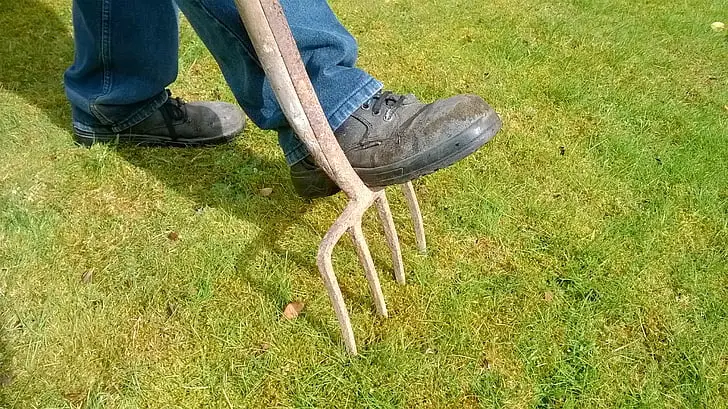
Dethatch the lawn
Water & Mow Regularly
It is essential to take proper care of the new grass to ensure the health of your lawn. You should water your yard regularly to keep it hydrated. Also, you can take other actions to promote its growth and health.
Consider fertilizing the lawn with a slow-release fertilizer to give it the nutrients it needs. You may also want to aerate the lawn to ensure water and nutrients can penetrate the soil effectively.
Moreover, you should regularly mow the lawn to prevent it from getting too tall and entangled with the straw mesh.
Remove Excess Straw Blanket Patches
Finally, after removing the straw blanket, you may notice that patches of straw remain on your lawn. These patches can impede grass growth, so you should remove them. You can use a rake or by hand. Rake the remaining straw into a pile and dispose of it.
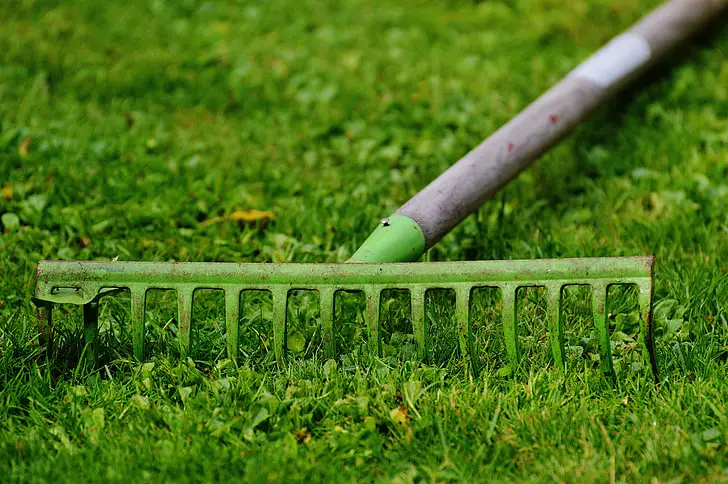
Remove excess patches
Wrapping Up
Remove the straw blanket once the new grass has grown to about 2 – 3 inches tall or when the grass is starting to grow through it.
Clearing the covering at the right time is essential to ensure healthy growth and prevent the development of fungal diseases.
With proper care and attention, new grass can thrive and transform your lawn into a beautiful landscape.
Want more gardening tricks? Visit our site!
